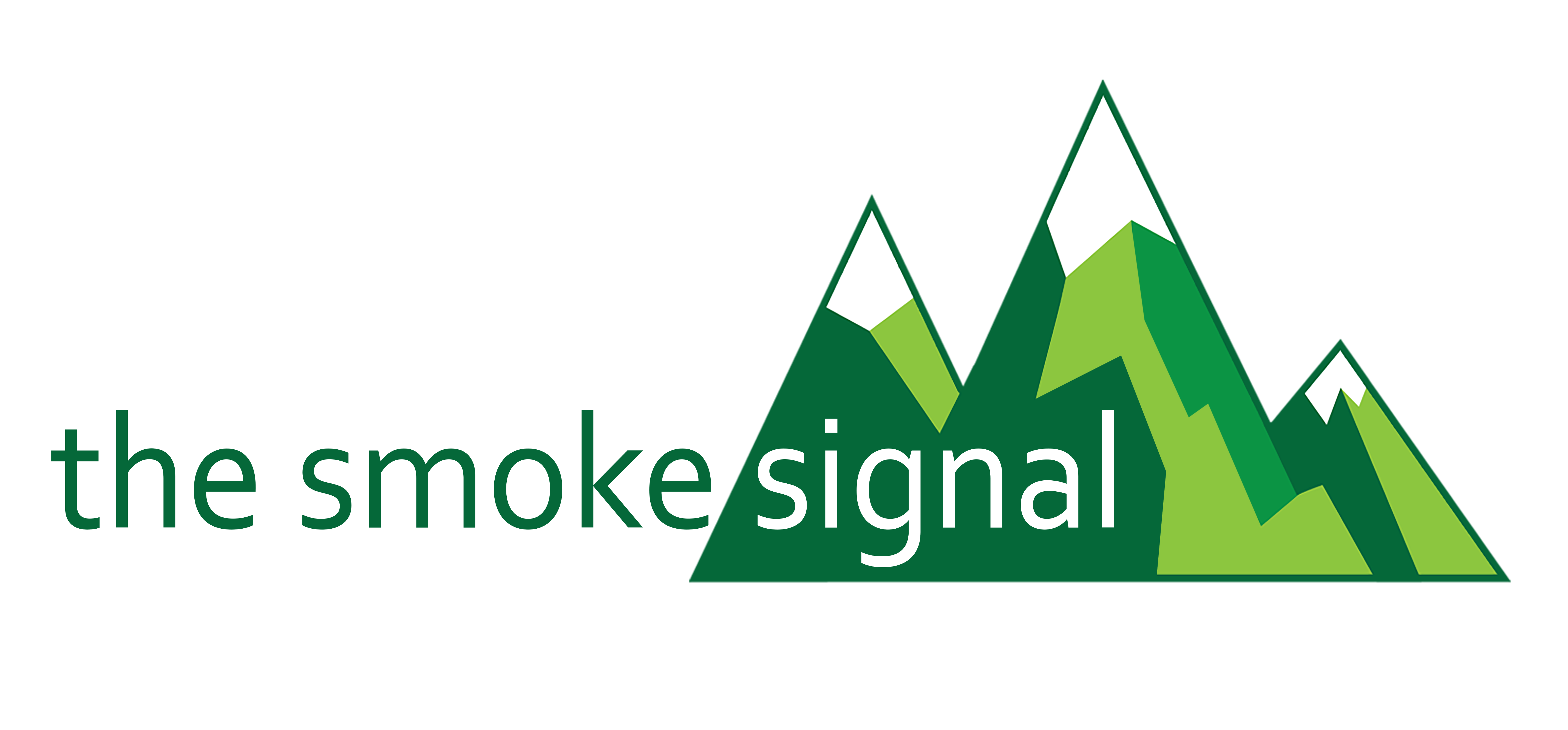
by Graphics Editor Anya Agarwal & Centerspread Editor Amanda Pang
Amidst the pandemic, healthcare workers and normal civilians alike have sought out the best type of masks for protection against COVID-19. In addition to the pandemic, with the growing number of California fires, poor air quality is starting to become a new normal during the early Fall months. However, certain masks that protect users from COVID-19 may let dangerous smoke particles in, which can be harmful to the lungs. This guide helps clarify the right type of mask to wear in every situation while highlighting the benefits, limitations, and functions of popular types of masks.
N95
Evaluated and approved by the National Institute for Occupational Safety and Health, N95 respirators filter 95% of airborne particles including respiratory droplets, microorganisms, and atmospheric particles. The masks form a tight seal on the face, forcing air to pass through the filters, making it the mask of choice for healthcare workers. Outside of healthcare, N95 respirators protect construction workers’ lungs from dust and smoke. Possible limitations of these masks include breathing difficulties and limited reuse. Unlike fabric masks, N95 respirators should not be washed, and can only be reused when users haven’t been in close contact with others. Since N95 respirators are in limited supply, the Centers for Disease Control and Prevention recommends the general population reserve them for healthcare workers and first responders who have contact with COVID-19 patients.
KN95
The U.S Food and Drug Administration (FDA) initially issued an Emergency Use Authorization, which facilitates the use of personal protective equipment in the event of potential public health emergencies, for KN95 masks. However, the FDA retracted such authorization in May 2020. The China-made KN95 respirators supposedly protect against 95% of non-oily particles greater than 0.3 micrometers in diameter, including bacteria, viruses, dust, smog, and pollen. Health professionals recommend that users discard these masks if in contact with others’ respiratory droplets, and should not be washed before use. The mask fits more comfortably around the ears and mouth because of its ear loops as opposed to the bulky head straps of N95 masks. However because of its design, air leakage may occur if the mask does not form a good seal on the face.
Valved Masks
Valved masks typically provide dust protection for construction workers, smoke protection for citizens, and opportunities for influencer fashion. Though users tend to breathe easier with valved masks, it only filters air coming in. Hence, these masks only provide COVID-19 protection for users but not for people around them. Aside from breathing out a mixture of carbon dioxide, oxygen gas, and water vapor, users can also exhale respiratory droplets containing viral particles, allowing the spread of COVID-19 from symptomatic and asymptomatic infected people. As a result, health officials do not suggest wearing valved masks to protect against COVID-19, though they are compatible against smoke and dust.
Cloth Masks
Pictures by Manasa Jadcherla, 12 & Haarika Bezawada, 12, respectively.
Cloth masks are one of the most accessible types of masks for the general public. Although they are recommended to be used by the general public, they do not protect users from inhaling small smoke or COVID-19 particles as well as medical-grade masks such as N95 or KN95 respirators do. Since medical masks should be reserved for frontline workers, cloth masks can be an effective alternative — they mainly act as a barrier around the nose and mouth to limit the spread of respiratory droplets through coughing, sneezing, or talking. They are extremely easy to make at home, but the material plays an important role in how effective the mask is — multilayered fabric made of tightly-woven thread can stop virus transmission, while weaker fabric such as a bandana can be virtually ineffective. Cloth masks can be washed and reused, and those with pockets can be fitted with reusable carbon filters as an extra layer of protection.
Disposable Masks
One of the most recognizable masks around is the disposable face mask, used by everyone from the general public to healthcare workers. These masks can protect the user from splashes and sprays and protect others by reducing the user’s transmission of saliva and other particles into the air, limiting COVID-19 transmission. However, the two or three-ply mask made of non-woven fabric combined with the loose fit on the side of the mask allows for smaller airborne particles to get in, such as the particles in smoke. Healthcare workers tend to wear a face shield along with the mask as an extra layer of protection — for the general public, wearing just the mask still limits the spread of COVID-19, but not to the extent that adding a face shield can.
Procedural/Surgical Masks
Surgeons, nurses, and other medical staff usually use procedural masks when they are at the hospital or in a surgery room. The ASTM International provides three different levels of this mask, each used in different situations. The Level 1 mask — with a Bacterial Filtration Efficiency (BFE) of at least 95% — is mostly used in the emergency room or the intensive care unit, while a Level 3 mask — with a BFE of at least 98% — is typically used in the operating room, where there is a much higher chance of being exposed to deadlier droplets and fluids. The main purpose of all three levels of the mask is to protect the user from these large particles and fluids, such as blood, during medical procedures. However, it can’t effectively block the small particles in smoke. Although surgical masks can reduce droplets from getting near the user, they don’t provide full protection from COVID-19 as they do not stop smaller air particles from spreading, similar to how disposable and cloth masks have limitations.
Student Perspectives
What mask have you been wearing during the pandemic and why did you choose that mask?
“I’m wearing a cloth mask because my neighbor made it and it is pretty high quality, protective enough, easy to wash, and better for the environment since it isn’t just one time use. The single use masks can be very bad for the environment, and even though COVID-19 has delayed Overshoot Day, it’s still important to think about how our choices affect Earth.” — Ragalina Palaka, 11
How well do you think your chosen mask actually protects you from the virus?
“They [cloth masks] obviously aren’t as protective as surgical masks or N95’s, but my family started using these when there was a severe shortage of the higher quality ones, and it would’ve been irresponsible to save them for ourselves instead of frontline healthcare workers. All in all, I think cloth masks protect me fairly well, but there are probably better choices if people need something to keep them safe in a high risk environment. Also, the only time I usually spend in public is outdoors, so I don’t need something super protective.” — Ragalina Palaka, 11
Do you wear a different mask when you go outside in the smoke and do you think this mask is effective against smoke?
“Although I rarely go out when the air quality is smokey and unsafe, I still opt for the surgical mask because it performs all of the necessary functions needed to safely be in the smoke. I don’t use N95 masks because although they are more effective, these masks should be used for only rare or more dangerous occasions. Besides, I tend not to go outside with bad air quality anyways.” — Tiffany Li, 11
Cover Photo by TIME.com













